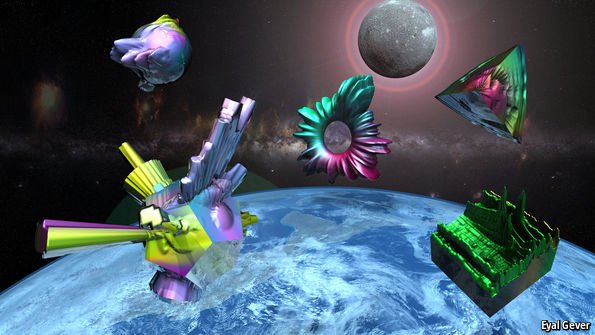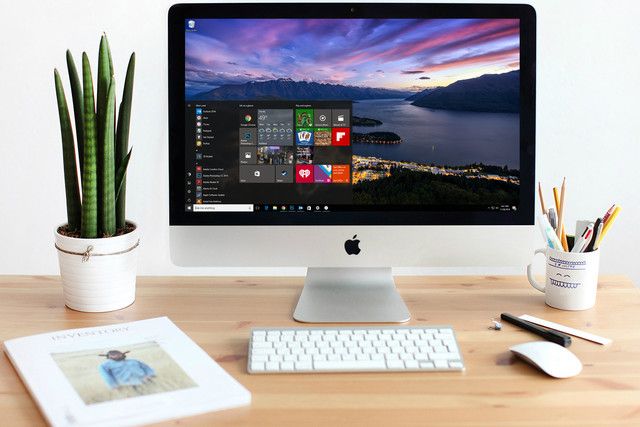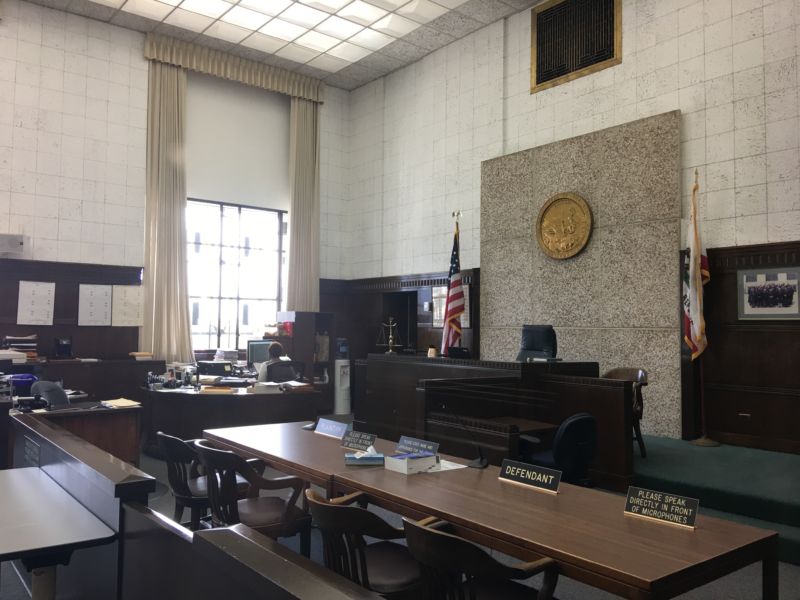

IT IS easy to dismiss the latest project by Eyal Gever, an Israeli artist, as a joke, not least because it involves laughs. It also ticks all the boxes for buzzwords in the world of geeks: apps, the cloud, crowdsourcing, 3D printing, space travel (only “big data” and the “blockchain”—don’t ask—are mysteriously missing). Even so, starting on December 1st, “viewers” of Mr Gever’s new work will be able to download an app on their smartphones and use their own laughter to create a digital sculpture which is uploaded into the cloud. Participants worldwide will vote on the best piece, to be announced in January and printed a month later on the International Space Station (ISS).
Like all good works of art, however, Mr Gever’s project, called #laugh, provokes a reaction—and raises several interesting questions. One is what the digital representation of laughter might look like. Mr Gever, who used to run a firm developing software for virtual worlds, had to start somewhere. So he pre-loaded his app with basic “laugh star” shapes, such as a doughnut and a pyramid, that users can choose from. Clever code matches the ups and downs of the sound waves in real time onto the shapes (pictured). Some look like virtual corals, others like spiky death stars, others like models for trendy high-rises.
Another question is how the winner will emerge. On the app, users can navigate to the laugh stars floating in a virtual space, listen to the laughter that made them, and of course “like” and share them. Creating their own gives viewers a vote, which they can cast until December 31st. Presumably, ambitious souls will launch campaigns on social media promoting their sculptures. So the dynamics should be interesting to watch. But the “wisdom of the crowd” is questionable when it comes to creating and picking good art. Many artworks have been crowdsourced in the past decade, but the results are decidedly mixed. (There are charming exceptions, though, such as the “Sheep Market”, a collection of 10,000 sheep created by workers on Amazon’s crowdsourcing service, Mechanical Turk. Participants were paid to “draw a sheep facing left.”)
Does it make any difference if an artwork is born in space? Other artists have made similar forays. The “Moon Museum”, created in 1969, is considered the first space-art project. It is a tiny ceramic wafer onto which artworks by Andy Warhol, Robert Rauschenberg and others were etched. It was covertly affixed to the landing module of the Apollo 12 mission and then left on the moon (although no one can prove that this actually happened; NASA said back then that it knows nothing about the artwork and its fate).
The winner of the #laugh project, however, will be the creator of the first piece of art actually made in space. Made in Space, an appropriately named outfit with the ambitious goal of “enabling humanity’s future in space”, has developed a 3D printer which works in zero gravity, thus allowing all kinds of hardware to be built on board a spacecraft, rather than launched from Earth. Once printed, a process overseen by the ISS crew, the sculpture will stay in orbit with the station (the printer is the size of a microwave oven, so the winning laugh star will not be very big).
The project is somewhat of a departure for Mr Gever. He is best known for creating 3D simulations of collisions, explosions and liquids—and then printing large physical snapshots of these efforts. This makes his sculptures look like moments frozen in time: WaterFall, which was recently shown at the Rijksmuseum Twenthe in the Dutch city of Enschede, is a 3D-printed gush of black liquid coming out of a wall. He has also been using buildings as projection screens for his artwork: next year he will project a giant 3D illusion of a wall of water onto the facade of the castle in the German city of Karlsruhe (pictured below).

Making art in space “forced me to look at the world as a whole, not its elements—and take a zoom-out perspective,” Mr Gever explains. Whatever one thinks of his latest work, it certainly shows where things are heading. To quote an overused but true Silicon Valley saying: “software is eating the world.” It is now starting to eat art, too.
[Source:-The economist]





